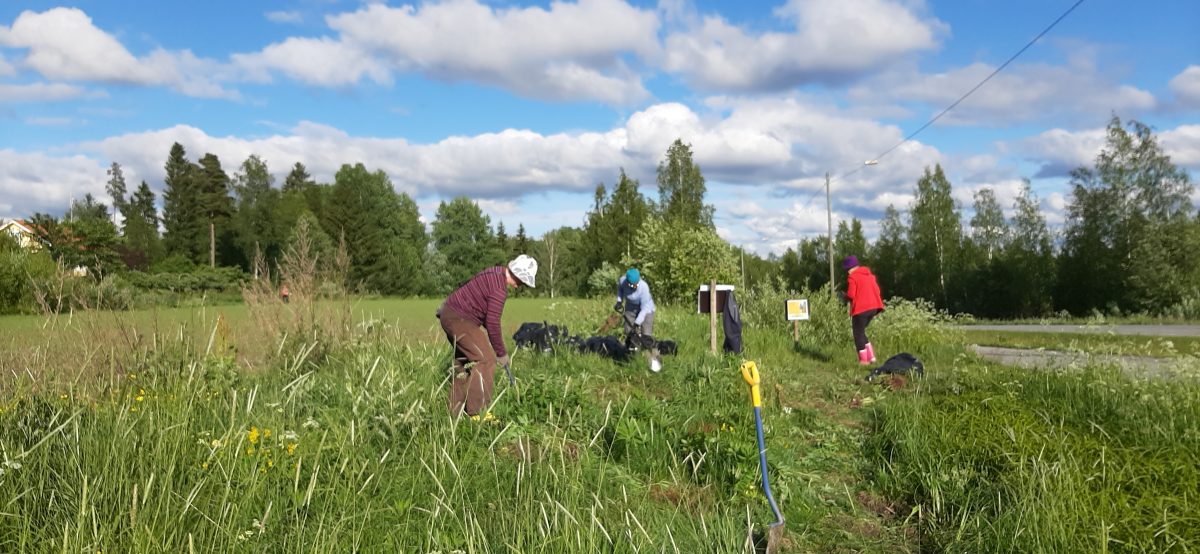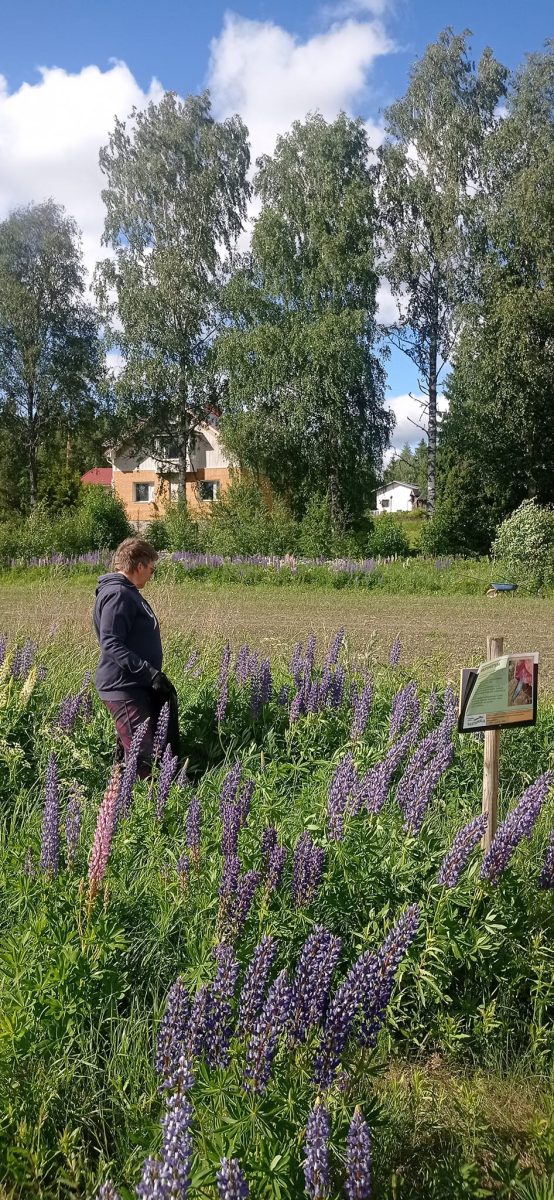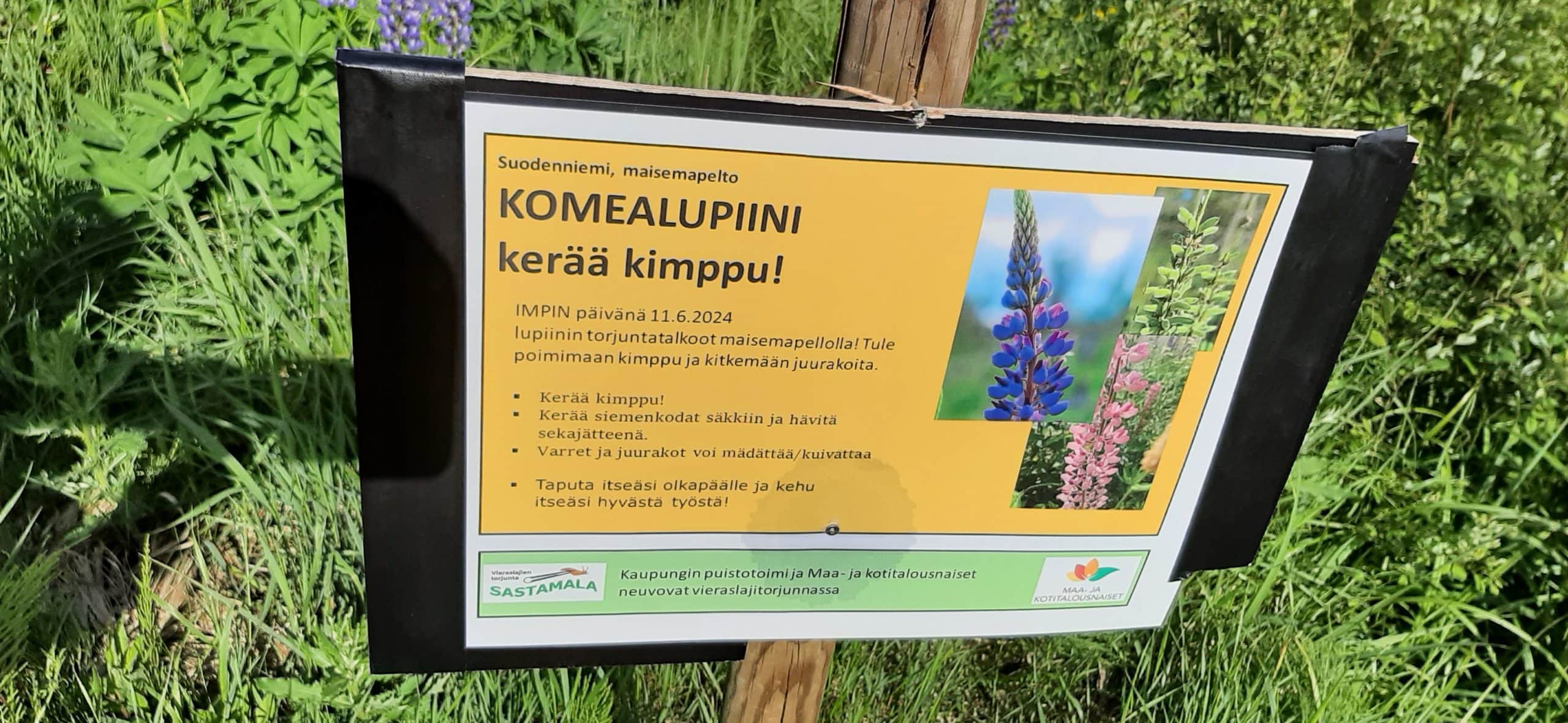
The city of Sastamala established its first biodiversity fields about six years ago for residents to enjoy. In 2018, there were three fields in the city, and now there are already 13. The flowering biodiversity fields are located in different parts of the city: in Suodenniemi, Mouhijärvi, Häijää, Tiisala, Kiikoinen, Karkku, Vammala, Kiikka and Keikyä. Farmers play an important role in the maintenance of the fields and the city also makes a significant financial contribution to their upkeep each year. The city’s residents are free to enjoy the biodiversity fields and pick flowers from them as well.
There have also been setbacks in the cultivation of Sastamala’s biodiversity fields. In the summer of 2024, barnyard grass (Echinochloa crus-galli) was spotted in some areas. Barnyard grass is an annual plant that is one of the worst weeds worldwide (vieraslajit.fi). Suvi Isosävi, Sastamala’s city gardener and member of the local association of Rural Women’s Advisory Organization in Suodenniemi, says that this invasive species has not been found in Suodenniemi. There, on the other hand, the diverse vegetation has begun to be overshadowed by garden lupin, a harmful invasive species growing along the edges of the field. The garden lupin also draws attention away from the field’s flowering species as it spreads and flowers.
Going after the garden lupin with joint effort
According to Leena Pullinen, chairwoman of the local association of Rural Women’s Advisory Organization in Suodenniemi, the association decided to tackle the biodiversity field’s lupin issue and organised a volunteer event inspired by the organization’s Impi’s Day campaign. Around ten members took part in the event. The event wasn’t the only day of action during the summer, however, as members began to remove lupins regularly throughout the summer. A sign placed by the city also informed the public about the harmful effects of garden lupins and encouraged passers-by to help eradicate the invasive species. “The example we set with our volunteering and encouragement paid off, as many other people in Suodenniemi took up the challenge and started cutting down the plant as they walked by. The enthusiasm caught on,” says Pullinen.
The control work done in the summer of 2024 was the first joint volunteer project for the local association of Rural Women’s Advisory Organization in Suodenniemi, although communal volunteer work is otherwise familiar for members. “Working together is fun and it puts you in such a good mood,” says Leena Pullinen.

Invasive alien species are losing the battle one plant at a time
In Suodenniemi, two different eradication techniques were tested. Right by the roadside, lupins were uprooted. On the other hand, a string trimmer was used at the back of the biodiversity field. Experience gained during the summer shows that uprooting the plant is the most effective method, however.
Both Isosävi and Pullinen say that the work will continue in the coming years. The field has now been a biodiversity field for several years and the plots are in need of crop rotation. “The plots are likely to be fallow this coming summer, which means that controlling invasive species on the edges will become even more important,” Isosävi says.


Volunteer work is valuable for the city
It has become clear over the years that communal volunteer work is very important for the city of Sastamala. The city has limited resources and the areas requiring control work are extensive. “The city would be in great trouble without this kind of volunteer work,” says city gardener Isosävi.
Photos: Leena Pullinen and Suvi Isosävi
Text: Leena Lahdenvesi-Korhonen
